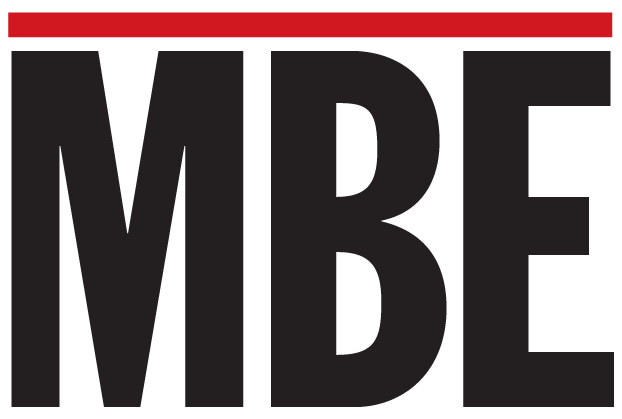
Businesses without a solid framework of guiding principles are like ships adrift at sea—directionless and vulnerable to the whims of external forces. In contrast, companies with a clear purpose, vision, mission, and set of core values are anchored by a resilient internal structure. This structure not only provides stability in turbulent times but also fosters innovation and agility. When the inevitable changes occur, these organizations can pivot without losing sight of their core identity.
For senior leaders, the challenge lies not only in articulating these principles but also in ensuring they permeate every aspect of the organization. Here are some practical steps to integrate guiding principles into the fabric of your company:
1. Conduct a Thorough Review
Begin by examining your existing purpose, vision, mission, and values. Are they still relevant? Do they resonate with the current market environment and the goals of your team? As the business landscape evolves, so too should these guiding elements. It may be time to refresh the language and the concepts to ensure they reflect the contemporary challenges and opportunities you face.
2. Engage Your Leadership Team
The process of defining or refining guiding principles should be a collaborative effort. Engage your senior leadership team in open, honest discussions about what your organization stands for and where it is headed. This collaborative approach not only garners diverse insights but also ensures that the resulting principles are embraced by the entire leadership team.
3. Communicate Consistently and Clearly
Once your guiding principles are defined, communication is key. They should be more than just words on a page or a slide in a boardroom presentation—they must be woven into the everyday language and actions of your organization. Ensure that every team member understands the “why,” “what,” and “how” of your guiding principles. Use internal communications, training sessions, and leadership examples to reinforce these concepts regularly.
4. Align Policies and Practices
It is not enough to simply state your guiding principles; they must be reflected in your policies, procedures, and practices. Whether it’s in hiring, performance reviews, decision-making processes, or customer interactions, every aspect of your organization should embody your core values. This alignment ensures consistency and reinforces the behaviors you want to see across the board.
5. Measure and Adapt
While guiding principles provide a stable foundation, the way they are implemented must evolve with your organization. Establish metrics and feedback mechanisms to assess how well these principles are being lived out. Regular reviews and adjustments can help you stay aligned with your goals and ensure that your guiding principles continue to drive the desired outcomes.
The Imperative for Senior Leaders
For those of you in senior leadership roles, the responsibility of defining and upholding strong guiding principles cannot be understated. In a world where only a fraction of businesses manage to thrive over the long term, the difference often lies in the clarity and consistency of our internal foundations.
You can challenge yourself to look beyond short-term wins and focus on building an organization that is robust enough to weather the storms of economic cycles, market disruptions, and technological changes. By grounding your strategies in a well-defined purpose, a compelling vision, a practical mission, and steadfast core values, you set the stage for enduring success.
The statistics speak for themselves. When only 25 percent of businesses survive beyond 15 years and a mere 1 percent reach significant revenue milestones*, the path to longevity becomes one of disciplined strategy and unwavering commitment. These numbers are not just data points—they are a call to action for senior leaders to invest in the foundation of their organizations.
A Call to Enduring Excellence
Now is the time to evaluate your foundation. Is your purpose clear? Are your values visible in action, not just on paper? Do they inspire your team and build trust with your clients?
In a world of constant change, enduring organizations are anchored by principles that don’t shift with trends. By intentionally embedding purpose, vision, mission, and values into every layer of the business, you can go beyond weathering disruption—you’ll lead through it.













